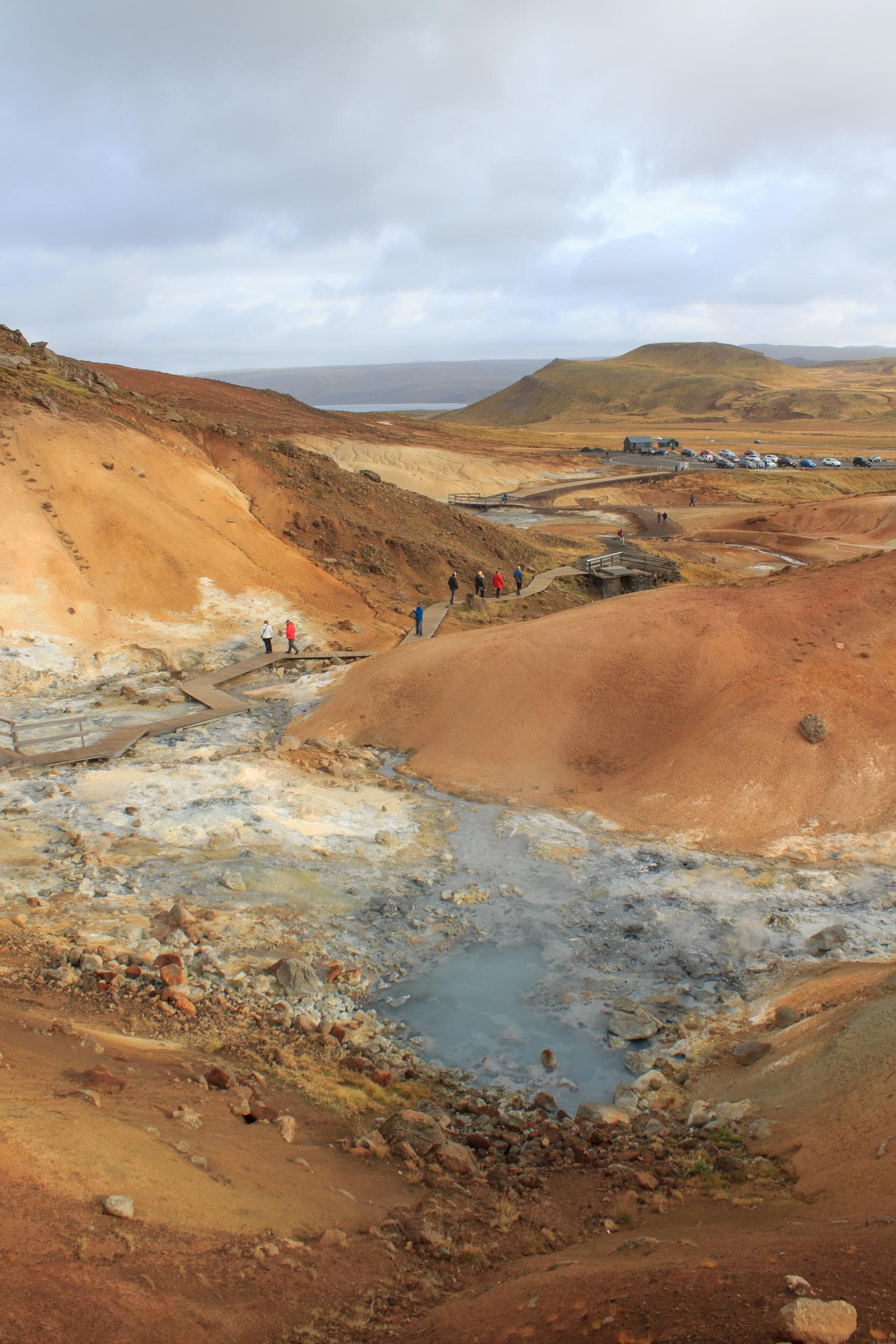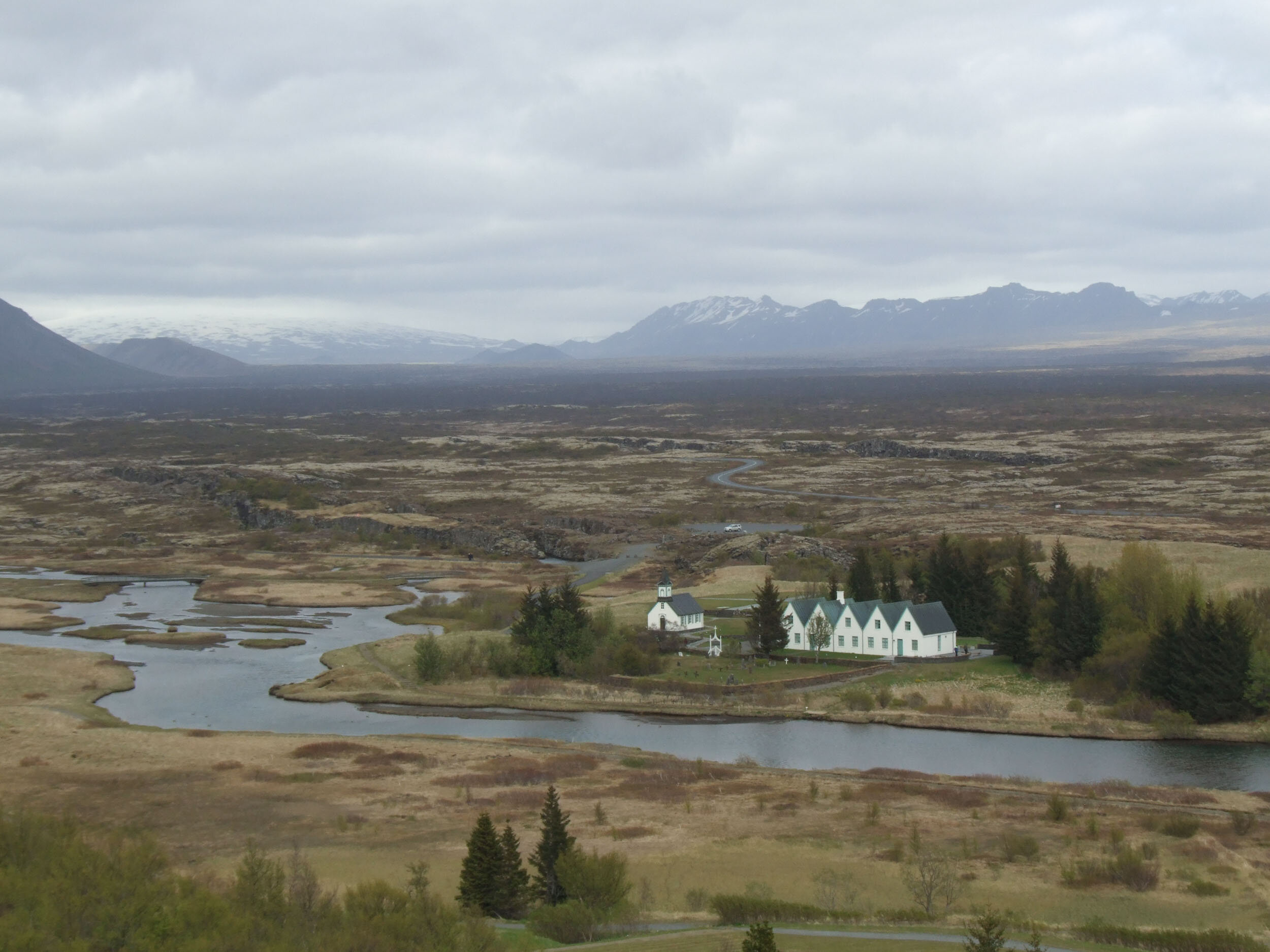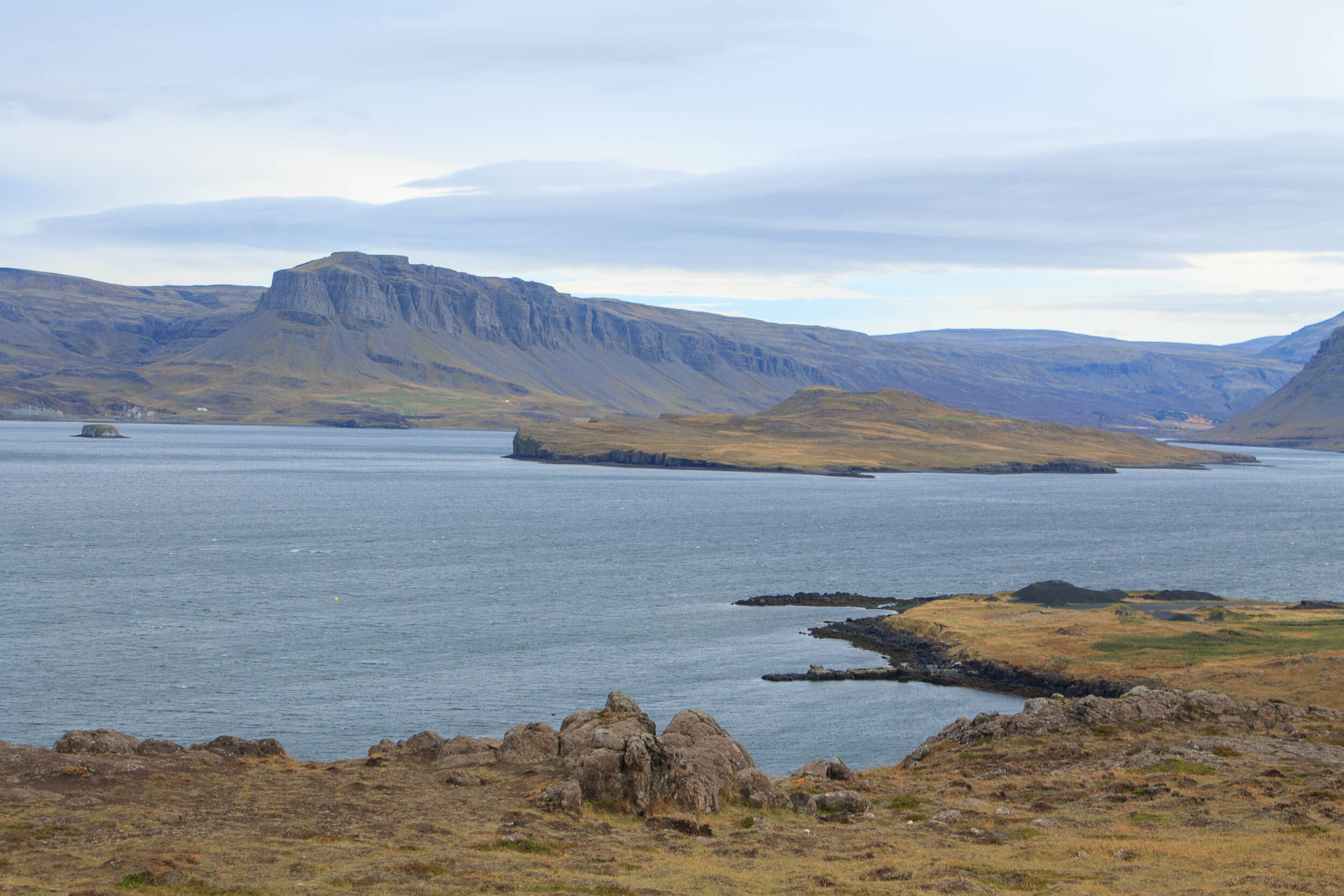Originally published January 15, 2018
After I posted photographs from Reykjanesfólkvangur National Park in Iceland a couple of weeks ago, one of my Facebook followers noted that it has changed quite a bit since the last time she has been there a few years ago. The road is now paved, there is a parking lot near the Krýsuvík geothermal area and there are a lot more tourists. And similar changes are very noticeable throughout Iceland. For my part, when I first visited the country in the summer of 2011, there were hardly any tour buses at Þingvellir.


While technological progress and infrastructure development may benefit the locals financially, the tourism industry has a darker side as well. Out of the way charming places turn into merciless tourist tourist traps, lined with soulless chain hotels and tacky souvenir shops. It is an uneasy feeling to realize that what you see and love about a place today may not be there next time you visit in just a few years. Kauai, for instance, escaped the overdevelopment of Oahu in large part due to its unique geography, which made it prohibitively expensive to complete the circle of the “ring road” over the cliffs of the Na Pali Coast and Alakai swamp. As a result, the Western part of the island remained remarkably remote, only accessible through a difficult hike or by boat from the beaches. But now there is a new threat: as the sugar mills on the island closed down in the past couple of decades, the land of the former sugar plantations may be re-zoned for other uses. Some locals are trying to find creative uses for that land, like growing coffee or distilling rum, to prevent it from turning into more condos or resorts. During my last few days on the island, I tried to imagine what it was like to visit Hawaii at the very beginning of jet age, when the islands had a tiny fraction of the visitors they receive today.



Little did I know that my dream will soon come true, albeit in completely different part of the world. Sometimes, while the unrelenting progress brings more development and crowds to one place, it takes them away from another. And I have accidentally discovered one such place while in Iceland. When Reykjavik was connected by road with the North and West of the country, the route had to go around the long and wide Hvalfjörður fjord just north of the city. During World War II, the British have built a port there at Hvitanes, as the fjord offered both deep waters and protection from storms. It was a sizable town and it was teeming with activity. It was abandoned shortly after the war and only a few rusty ruins remain today, but the road only got busier, as Iceland grew more and more prosperous with each passing year. Then, in 1998, a tunnel under the fjord has opened, saving travelers about an hour, and all traffic on the formerly busy road had disappeared. If you drive there today, especially off season, you will have the entire fjord practically to yourself. After a couple of days of exploring Iceland’s more popular natural wonders, driving around Hvalfjörður felt like a trip way back in time, to an era before automobiles became popular.


